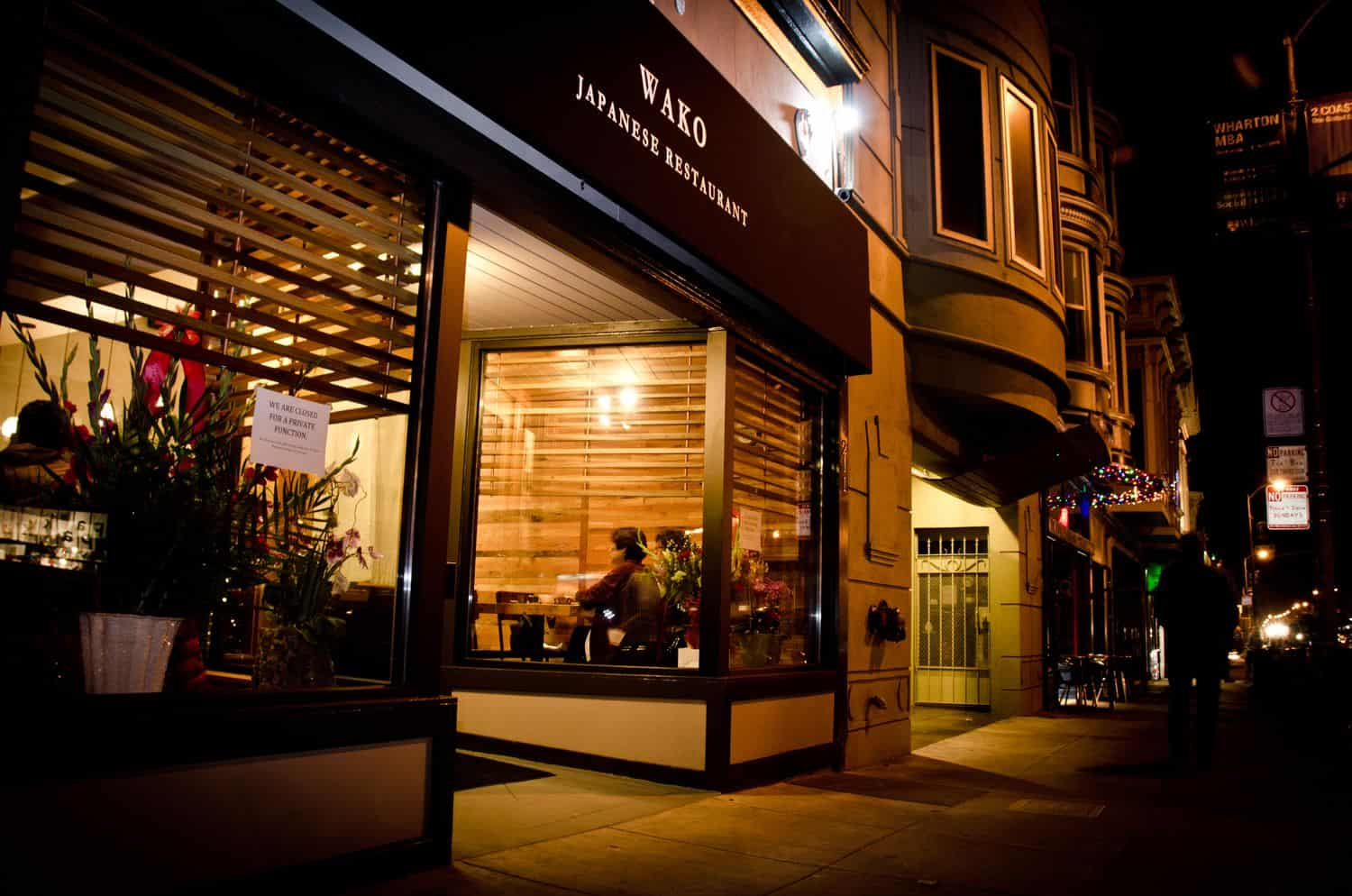
ZEN, THE TRADITION OF AUTHENTICITY
ZEN could be considered an “institution” among Japanese restaurants in the French capital. Throughout the year, this establishment, which seats sixty-four, is always bustling. At lunchtime, locals from the neighbourhood gather there – some even daily – to indulge in its donburi (rice-bowl dish), curries and daily specials such as grilled salmon with miso or breaded shrimp. In the evenings, foodies from all over the Paris region rush there to enjoy its assortment of tempura, its unbeatably fresh fatty red-tuna sashimi, or its grilled eel, all washed down with sake or Japanese beer.
At the crossroads of many worlds
Ideally located just a stone's throw from the Louvre, ZEN attracts as many French tourists as foreign travellers. This is confirmed by Kazuki Hatamata, the restaurant manager: “Paris is highly renowned for its quality Japanese restaurants. We have many Japanese expatriate customers who live in other European countries and come to us because they miss authentic Japanese cuisine. We also cater to many Chinese, Taiwanese and Korean tourists.”

Kazuki Hatamata
Attention to detail and Omotenashi
In order to best satisfy its diverse clientele, ZEN emphasizes the spirit of omotenashi, “the art of hospitality”. Not only is the menu written in three languages (Japanese, French and English) but it’s also accompanied by explanations meant to excite the customers’ taste buds. In the Japanese version, the origin of the quality products is always indicated (for example, the wagyu comes from Okayama). In the French and English versions, the flavours of beers and teas are described in detail to aid the customer in making a choice. As for the sake, Hatamata has even produced a brochure resembling a proper wine catalogue.
“French interest in sake continues to grow,” he explains. “When I started working here in the early 2010s, customers who ordered it were still in the minority, and we only had five or six vintages on the restaurant menu. Today, we offer around thirty. Kanzake (hot sake) is still very popular, although the yamahai and koshu brewed sake also appeal to our customers. They’re not all connoisseurs yet, but they’re open to discovering the world of sake. That's why we provide a good portion of the vintages in half bottles, at affordable prices.”
Not only does the sake catalogue contain essential information (name, region, alcohol con-tent and level of polishing) but also information on traditional tastes and aromas, pictures of the bottles and a map of Japan. Several pages are also devoted to explaining manufacturing methods and technical terms. “I find the enthusiasm of the French for our culture wonderful. They don't just place an order, they’re always eager to learn more about what they’re tast-ing... Since I prepared this sake menu with detailed explanations six years ago, orders for our national drink have multiplied tenfold.”

Original catalog to explain sake and shochu
Japanese cuisine better understood in France
Japanese culinary culture has always been well-received in “The City of Light”, and Hatanaka is increasingly aware of this. “It was always said that Westerners were not accustomed to eating raw fish, but in our restaurant, they order our sushi or our sashimi assortment far more frequently than Japanese customers. The word wagyu is now synonymous with excep-tional meat all over Europe, and for tuna, the term toro is gaining popularity. On the French menu, I leave these terms in Japanese to pique their curiosity and whet their appetites. The French are open-minded; they even try breaded oysters, one of the favourite dishes in Japan, but still relatively unknown in France!”

Fried oysters
Health benefits appreciated by young people
Kazuki Hatamata has also noticed a significant change in the eating habits of younger people. “Japanese cuisine is known to be healthy, and that’s undoubtedly why the number of health-conscious patrons is on the rise: vegetarians, flexitarians, vegans, gluten-free... We aim to satisfy them as much as possible by offering them a variety of vegetable dishes and gluten-free soy sauce imported specially from Japan. In fact, all our condiments come from Japan, starting with soy sauce, miso (fermented soya bean paste), but also mirin (rice wine) and other Japanese spices. Of course, this comes at a cost, but I believe that condiments are the foundation of all dishes. And above all, we want to replicate the taste of Japan as much as possible, even though we’re in Paris.”

Japanese yellowtail sashimi
Originality, a challenge
This doesn’t mean, however, that the establishment on Rue de l'Échelle simply copies tradi-tional dishes. Among its specialties, ZEN's takoyaki (ball-shaped snack) for example, is pre-pared with potatoes instead of flour, making it crunchier. The pork croquettes with Comté cheese in red miso sauce and mustard, another house specialty, are also very popular. Des-serts with a Western twist and traditional sweets are also homemade, which is rare among Japanese restaurateurs who usually source them from independent Japanese pastry chefs. “We recruit half of our Japanese chefs from Japan; they must have solid professional expe-rience, which allows us to guarantee a wide selection of dishes and desserts to our custom-ers.”

Daifuku made with Japanese soybeans and black beans
Journey into unknown culinary lands
These numerous details are tangible proof of all the attention that the owner, Kazuki Hata-mata, pays to his customers, both locals and those who travel from far and wide. And per-haps that’s the key to ZEN's success. With a genuine spirit of hospitality, he invites everyone to discover new facets of Japanese cuisine that are still relatively unknown to the French. “Strong and easy-to-understand flavours, like that of teriyaki sauce, are not necessarily rep-resentative of Japanese cuisine. But true enthusiasts are increasingly seeking authentic products. The growing interest in a dish such as chawanmushi, a savoury egg custard deli-cately flavoured with dashi (stock) is evidence of this. I’d like to continue contributing to a deeper understanding of our culinary culture,” concludes Hatamata.






